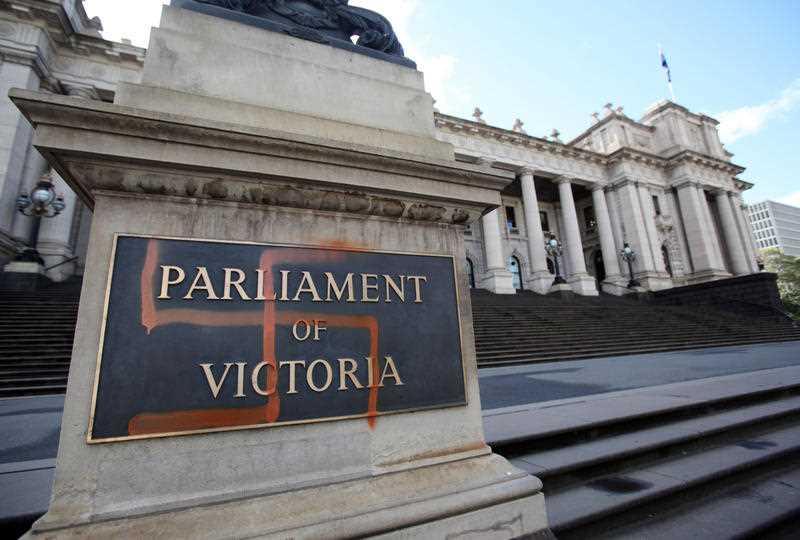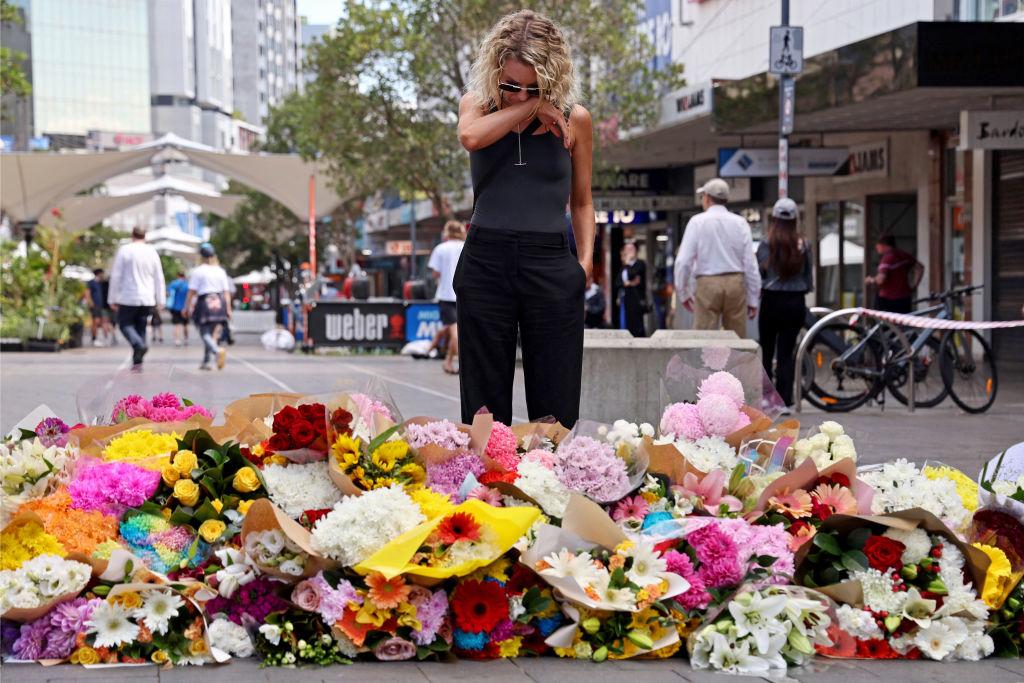Fuel prices have lifted another three cents a litre to a 17-week high, but there’s relief on the way for some motorists.
Falling petrol prices in Melbourne and Perth suggest these cities have entered the discounting phases of their fuel cycle, which means prices will fall before lifting again, usually sharply.





